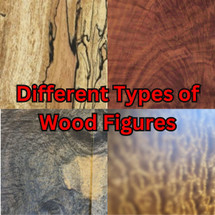Posted by Steve Head on 3rd Sep 2024
The Beauty of American Hardwoods: Exploring the Different Types of Figure and Their Impact on Your Cajon
When crafting a musical instrument like a cajon, the choice of wood is about more than just the type of species; it’s about the character, the unique qualities that each piece of wood brings to the final product. One of the most captivating aspects of American hardwoods is the variety of figures that can be found within them. These figures are not only visually stunning amd have a profound impact on the overall aesthetic of the finished product. In this blog post, I’ll take you on a journey through the different types of figure found in American hardwoods, exploring what causes them, how they affect the final product, and the techniques used to highlight these natural patterns.
What Are Wood Figures?
Wood figure refers to the distinct patterns or markings on the surface of wood, created by variations in grain, color, and texture. These figures can occur naturally due to the way a tree grows, or they can be enhanced or even artificially induced through specific milling techniques. Wood figures add a level of uniqueness and beauty to the wood, making each piece a work of art.
Common Types of Wood Figure in American Hardwoods
- Curly Figure (Tiger Maple, Flame Maple)
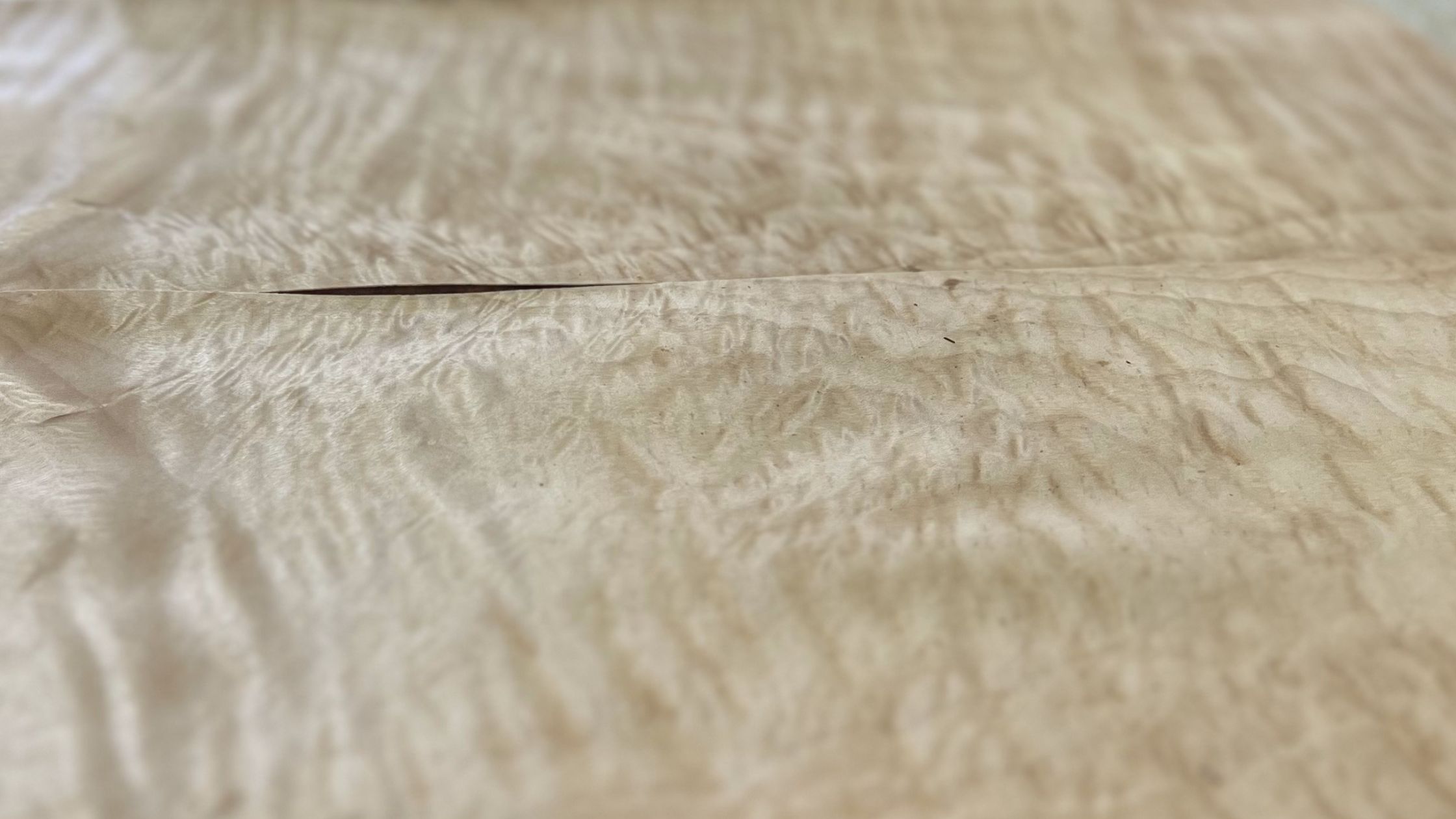
Cause: Curly figure, often found in maple but also in other hardwoods like ash and birch, occurs due to a distortion in the wood grain. This distortion causes the light to reflect differently, creating a wavy, rippled appearance. The cause of this figure is believed to be genetic, as not all trees of the same species will display this characteristic.
Effect on Finished Product: The curly figure gives the wood a three-dimensional look, with waves that seem to move as you change your viewing angle. This figure adds an element of luxury and is often used in high-end furniture, musical instruments, and decorative veneers.
Milling Techniques: To bring out the curly figure, the wood is often cut in a way that accentuates the wavy grain, such as through quarter-sawn or rift-sawn milling techniques. A careful selection of finish, often using dyes or stains, can further enhance the depth and visibility of the curly pattern.
- Quilted Figure

Cause: Quilted figure is characterized by a pattern of rounded, cushion-like shapes, resembling a quilted fabric. This figure is most commonly found in bigleaf maple but can also occur in other species. It is believed to be caused by compression stress during the tree's growth.
Effect on Finished Product: Quilted figure produces a highly textured, almost tactile appearance, giving the wood a rich, opulent look. This figure is prized for its use in guitar tops, fine furniture, and decorative panels.
Milling Techniques: The quilted pattern is most prominent when the wood is flat-sawn, as this method cuts through the horizontal layers where the figure is most apparent. Finishing techniques that highlight the contrast between the quilted sections and the rest of the wood grain can amplify the visual impact.
- Birdseye Figure
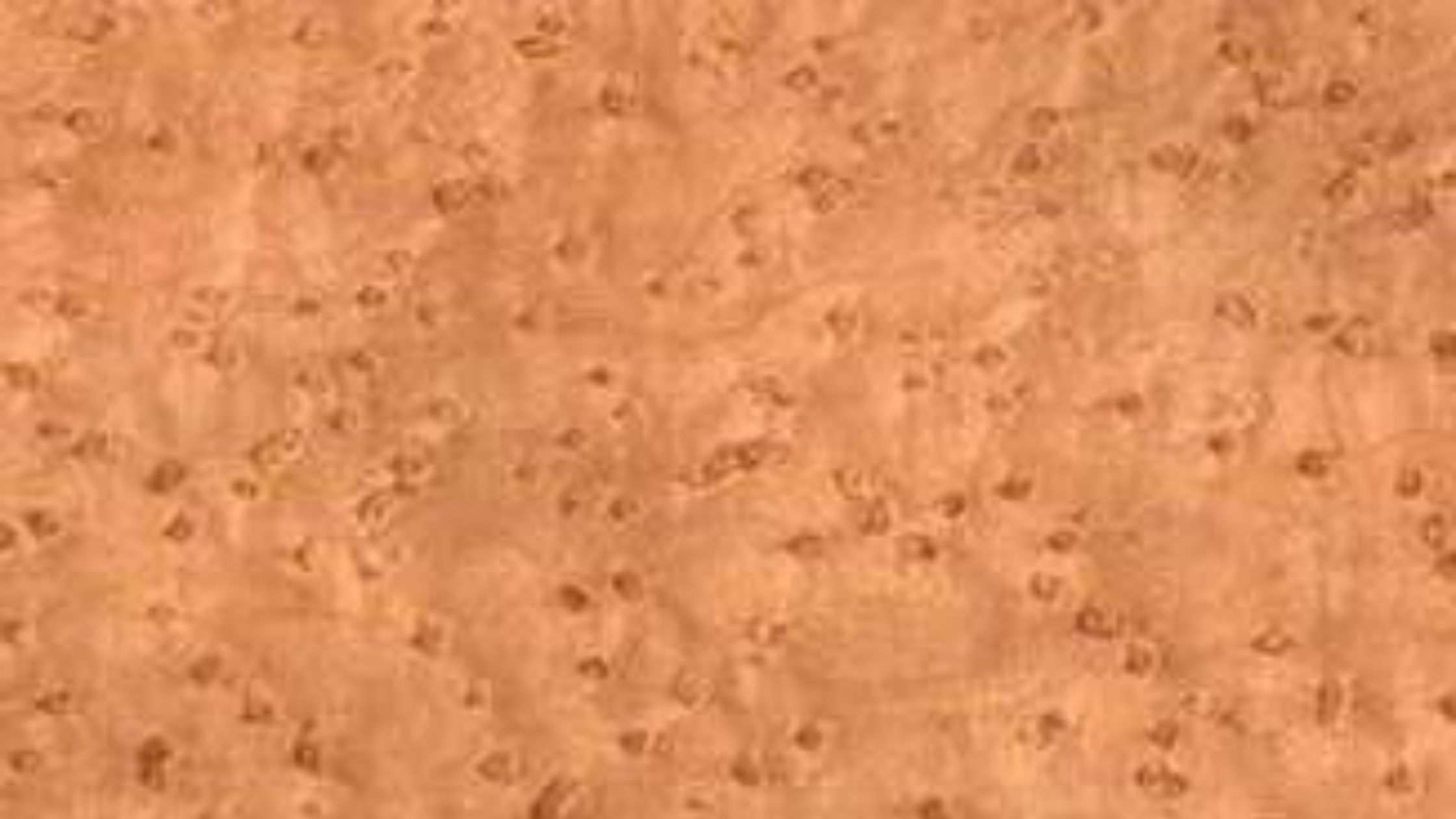
Cause: Birdseye figure, commonly found in hard maple, is characterized by small, round patterns that resemble the eyes of birds. This figure occurs due to small, localized growth distortions in the tree, although the exact cause remains a topic of debate among wood scientists.
Effect on Finished Product: Birdseye maple has a distinctive, decorative look that makes it highly sought after for fine woodworking projects, including musical instruments, furniture, and veneers. The small "eyes" catch the light, creating a sparkling effect.
Milling Techniques: Birdseye figure is best showcased when the wood is plain-sawn or flat-sawn. Careful sanding and finishing are crucial to bring out the depth and clarity of the eyes, often using a clear or lightly tinted finish to avoid overshadowing the natural pattern.
- Spalted Figure
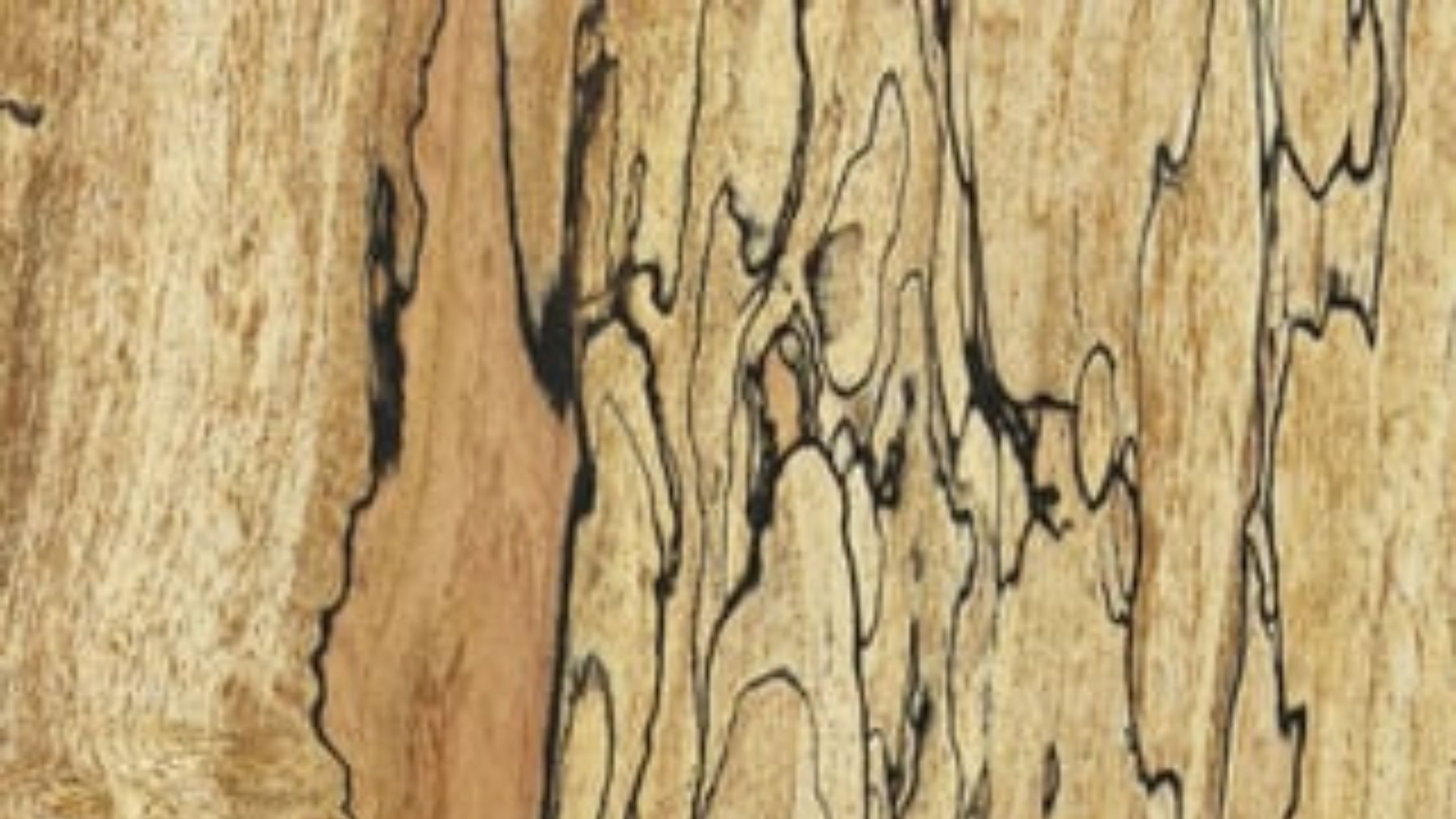
Cause: Spalting is a form of wood coloration caused by fungi. As the fungus colonizes the wood, it produces dark lines, known as zone lines, and can create areas of different colors, often in intricate patterns. Spalting occurs naturally in dead or decaying wood but can also be induced under controlled conditions.
Effect on Finished Product: Spalted wood has a striking, organic look, with patterns that can range from subtle lines to dramatic color contrasts. It's highly prized in artistic woodworking, especially for turning projects, inlays, and musical instruments where a unique, natural aesthetic is desired.
Milling Techniques: Since spalted wood can be softer and more prone to decay, it requires careful handling during milling. Stabilizing the wood, either through drying or using a hardening resin, ensures that the finished product is both durable and visually appealing. Finishes that protect the wood while highlighting its natural beauty are essential.
- Crotch Figure

Cause: Crotch figure occurs in the area of a tree where the trunk splits into branches or where a limb joins the main trunk. The figure is created by the interlocking grain patterns that form in these areas, often resulting in a dramatic, flame-like appearance.
Effect on Finished Product: Crotch figure is highly valued for its dramatic and complex patterns. It’s often used in high-end cabinetry, fine furniture, and decorative veneers, where its unique appearance can be showcased to full effect.
Milling Techniques: To maximize the visibility of crotch figure, the wood is often quarter-sawn, which reveals the intricate patterns within the grain. A glossy or high-gloss finish is commonly used to enhance the depth and visual impact of the figure.
- Burl Figure
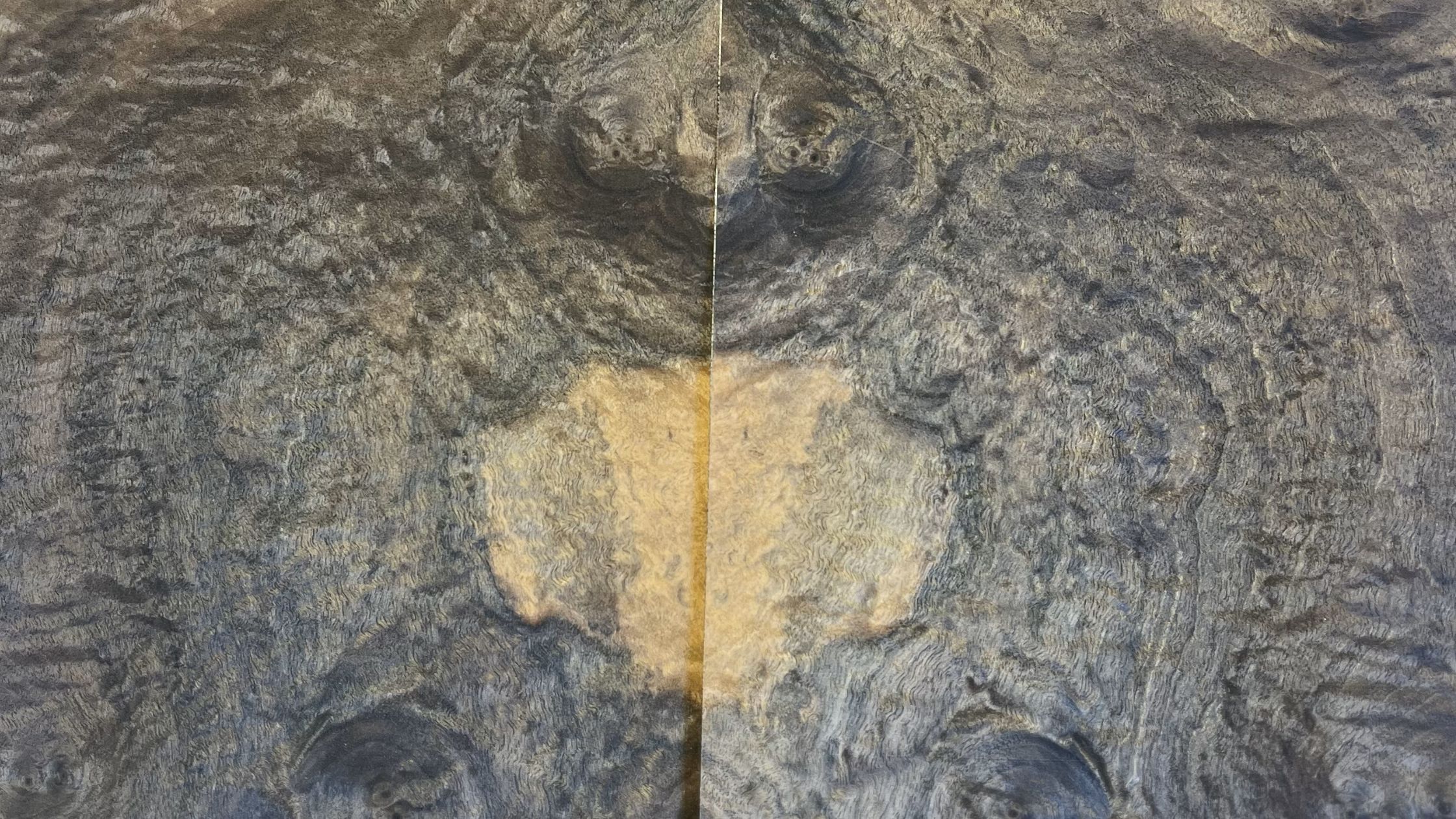
Cause: Burl figure comes from a tree growth in which the grain has grown in a deformed manner, typically as a result of stress or injury to the tree. Burls are large, knobby outgrowths that contain swirling, interlocked, and twisted grain patterns.
Effect on Finished Product: Burl wood is highly decorative, with complex, swirling patterns that can vary greatly in appearance. It’s used in luxury woodworking projects, including furniture veneers, decorative panels, and fine musical instruments. The figure adds a touch of natural artistry, making each piece truly one-of-a-kind.
Milling Techniques: Burl wood can be challenging to work with due to its irregular grain, which can make it prone to chipping or tearing during milling. Careful milling and finishing are required to preserve the intricate patterns, often using a clear or lightly tinted finish to highlight the natural beauty of the burl.
Techniques to Enhance and Preserve Wood Figure
To get the most out of these beautiful wood figures, certain techniques can be applied both during milling and in the finishing process:
- Milling Orientation: The way the wood is cut can greatly affect how the figure is revealed. Quarter-sawn, rift-sawn, and flat-sawn techniques each offer different ways to showcase the natural patterns within the wood.
- Drying and Stabilization: Proper drying techniques are essential, especially for figured woods like spalted or burl, which may be more prone to decay or instability. Stabilizing methods, including kiln drying or resin impregnation, help maintain the wood’s integrity while preserving its figure.
- Finishing: The right finish can make or break the appearance of figured wood. For most figured woods, clear finishes that penetrate the grain, such as oil-based finishes, help to enhance depth and bring out the contrast within the figure. For some figures, like quilted or curly, using dyes or stains can amplify the three-dimensional effect.
- Sanding: Proper sanding is crucial to achieving a smooth, even surface that allows the figure to shine. Sanding with progressively finer grits ensures that the wood’s natural patterns are highlighted without being obscured by scratches or imperfections.
Conclusion: The Role of Figure in Cajon Craftsmanship
At Kopf Percussion, the choice of wood goes beyond species selection; it’s about finding the right piece of wood that tells a story through its figure. The various types of figure found in American hardwoods not only add visual appeal but also contribute to the tonal qualities of the finished cajon. By understanding the causes and effects of these figures, and by applying the right techniques during milling and finishing, I can create instruments that are not only beautiful but also sonically exceptional.
Whether you're drawn to the bold patterns of burl, the elegant waves of curly figure, or the intricate lines of spalted wood, each piece of figured hardwood brings something unique to the table. As you explore the world of cajon crafting, I invite you to appreciate the artistry and craftsmanship that goes into selecting and working with these extraordinary woods.
If you’re interested in learning more about the types of wood used in Kopf Percussion cajons or would like to see some examples of these figures in action, feel free to check out my collection or reach out for more information. Let’s work together to create a cajon that’s as unique and special as the music you’ll make with it. Another resource for learning about wood grain figure is this article at Wood Magazine

